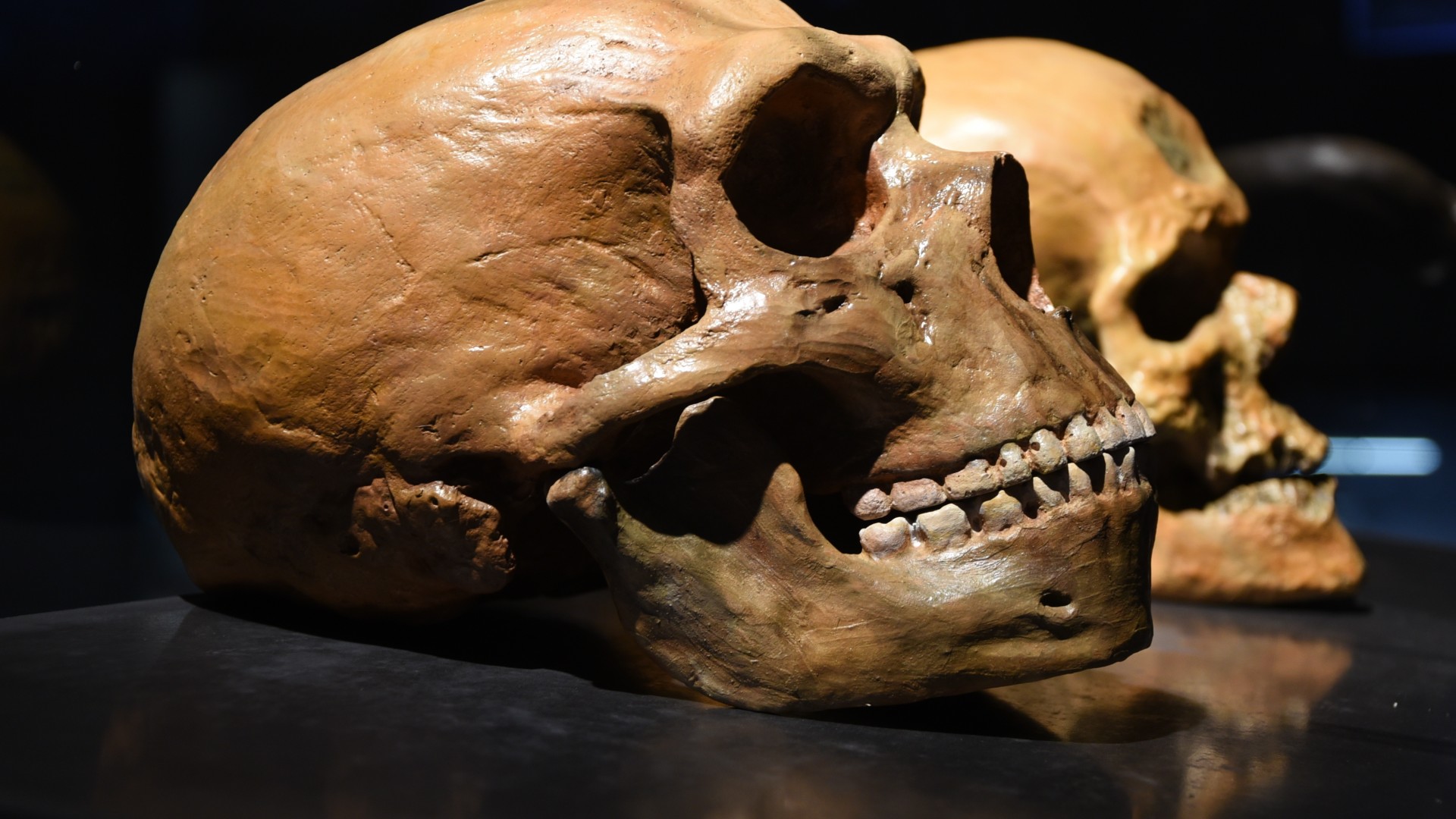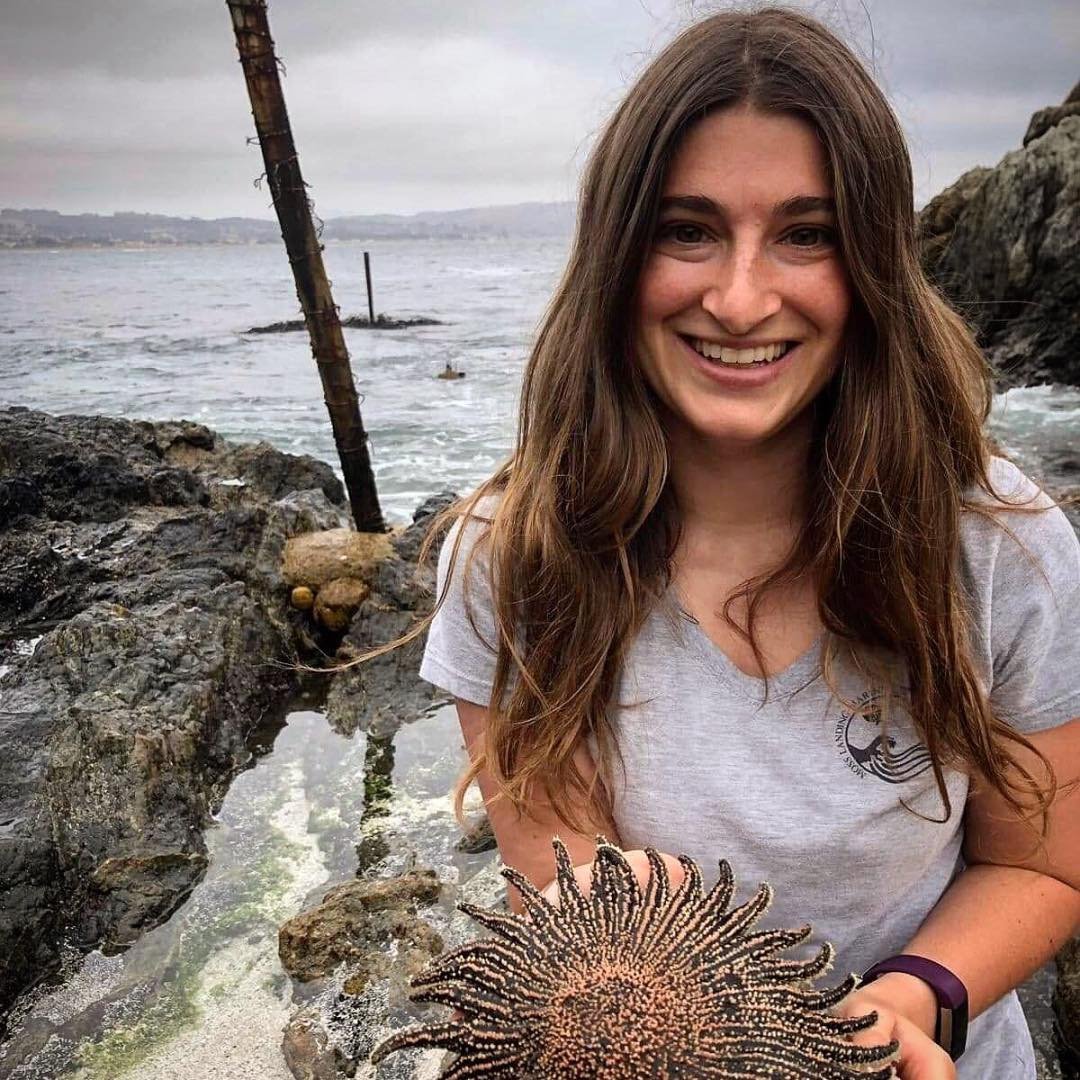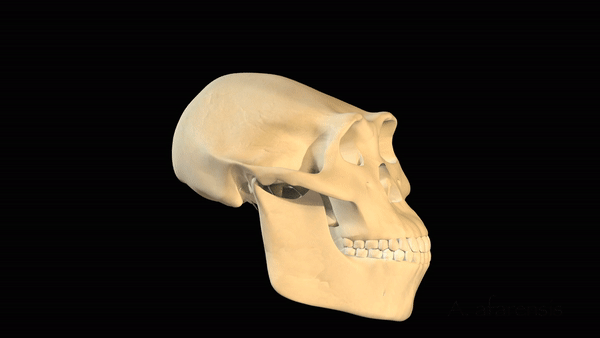Are Neanderthals and Homo sapiens the same species?
Scientists have been volleying the question back and forth for more than a century.

Neanderthals, which disappeared from the archaeological record roughly 40,000 years ago, have long been considered our closest evolutionary relatives. But almost since the first discovery of Neanderthal remains in the 1800s, scientists have been arguing over whether Neanderthals constitute their own species or if they're simply a subset of our own species, Homo sapiens, that has since gone extinct.
So what does the science say? In particular, what does the genetic evidence, which didn't exist back when many early hominins were first discovered, show?
The question of whether Neanderthals can be considered the same species as modern humans is complicated by our understanding of what a species is, Jeff Schwartz, a physical anthropologist and professor emeritus at the University of Pittsburgh, told Live Science. The most common definition, called the biological species concept, describes a species as a group of individuals that can interbreed in nature and produce viable offspring. But even today, several odd hybrids poke holes in this definition.
"Horses and donkeys can breed, but the mules they give birth to are sterile, and so the two are considered to be different species," Schwartz said. But other combinations do produce viable offspring. These include the liger (a cross between a lion and a tiger) and the beefalo (a cross between a cow and an American bison).
For a long time, scientists didn't know whether Neanderthals and modern humans interbred, so this definition wasn't particularly enlightening. Instead, early assessments were made based on Neanderthal anatomy, which is different enough from H. sapiens that specialists can often distinguish bones from the two groups. Neanderthals had a longer, lower skull with a bonier forehead and a less-pronounced chin than H. sapiens, for example, and their bodies were stockier.
Related: How smart were the Neanderthals?
Because of this, in 1864, Neanderthals were first classified as their own species, H. neanderthalensis. But as more early human relatives were discovered — such as H. erectus in 1891, H. heidelbergensis in 1907 and H. habilis in 1960 — their relationships to one another became increasingly complex. Compared with other species, Neanderthals seemed much more "human," Schwartz said. Recent research has suggested that both groups had similar auditory and vocal abilities, and controversial finds hint that Neanderthals may have buried their dead and made jewelry and art.
Get the world’s most fascinating discoveries delivered straight to your inbox.
In 1962, a group of anthropologists, geneticists and behaviorists met in Austria to draft and vote on an evolutionary history of human relatives based on the species that had been discovered at the time. Their resulting manuscript, called "Classification and Human Evolution," placed Neanderthals under H. sapiens as a subspecies, or H. sapiens neanderthalensis. "And when I was in college, that's what I was taught," Schwartz said.
It was only later, in the 1970s and 1980s, that Neanderthals were reclassified as their own species based on new analyses, and that remains the most common designation seen today.
But a 2010 discovery shook things up yet again: An international team of dozens of researchers published the first draft of the Neanderthal genome, based on three individuals, and compared it with that of modern humans. The authors found hints of the Neanderthal signature in the human genomes, suggesting that Neandertals mixed with modern human ancestors at least 120,000 years ago. Dozens of papers have since confirmed this and found that around 47,000 years ago, mixing occurred across multiple generations for about 7,000 years.in time.
"The implication is clear: Neanderthals and humans were interbreeding," Jaume Bertranpetit, an evolutionary biologist at the Pompeu Fabra University in Barcelona, Spain, told Live Science, adding that Neanderthals and H. sapiens also interbred with another group of early hominids, the Denisovans. It's possible, then, that all three could represent different versions of the same species, he said.
Bertranpetit pointed to modern humans as an example. People around the world have noticeable differences in stature or skin, hair and eye color, but we're remarkably similar from a genetic standpoint. The amount of genetic variation between any two individuals is only about 0.1%, meaning that only one base pair out of every 1,000 will be different. In comparison, the 2010 paper showed that the Neanderthal genome was 99.7% identical to that of five present-day humans.
"To have big differences in morphology does not mean you need to have big differences in genetics; it just means you need some differences in specific genes," Bertranpetit said. "So this idea that they were different species doesn't make any sense to me as a geneticist."
Schwartz doesn't think the genetic evidence has necessarily settled the debate, but he has no misgivings about the rigor of the work the other groups have done. Moving forward, he advocates for an interdisciplinary approach that doesn't position genetics as the final say. "We need a holistic approach, and we can't keep pitting one discipline against another," he said. "We have to get together and figure it out."
A 2024 paper, meanwhile, argues that H. sapiens and Neanderthals should be classified as different species so we can better understand humans' evolutionary history. While the two came from the same parent population in Africa, Neanderthals entered Eurasia at least 400,000 years ago, giving them ample time to evolve separately, including better ways to survive in colder and less sunny climates that altered their genes and appearance, the authors wrote.
When it comes to deciding whether H. sapiens and Neanderthals are a separate species, it's best to use a framework that "sees speciation as an evolutionary process that starts in space, thereby involving a geographic dimension, and progresses in time," the authors wrote in the study. After all, "incremental accumulation of relevant characters" are steps in the evolutionary process as two related groups diverge into two descendant species, they noted.
Editor's note: This story was originally published on Dec. 23, 2023 and was updated on Dec. 11, 2024 to include information from the 2024 paper arguing that Neanderthals and Homo sapiens should be considered separate species.

Amanda Heidt is a Utah-based freelance journalist and editor with an omnivorous appetite for anything science, from ecology and biotech to health and history. Her work has appeared in Nature, Science and National Geographic, among other publications, and she was previously an associate editor at The Scientist. Amanda currently serves on the board for the National Association of Science Writers and graduated from Moss Landing Marine Laboratories with a master's degree in marine science and from the University of California, Santa Cruz, with a master's degree in science communication.




